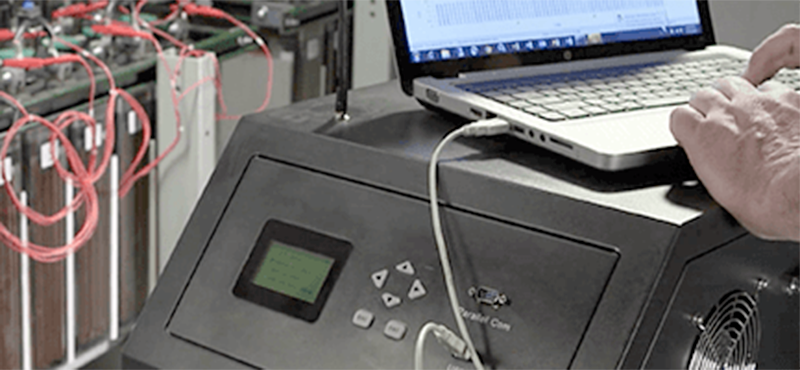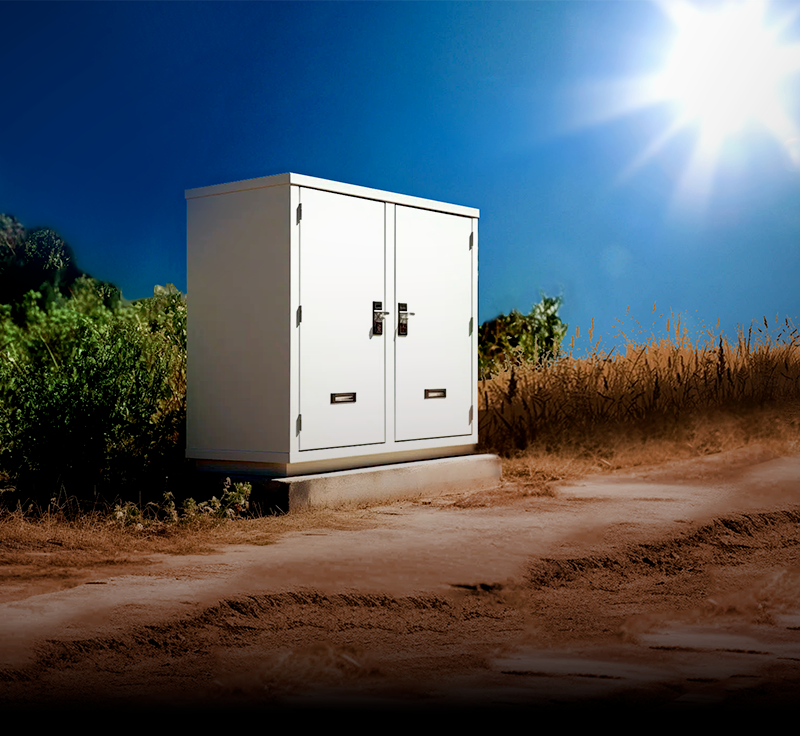
Tech Note | Battery Discharge Testing
If you ask any stationary battery expert what is the only way to determine the (true?) capacity and state-of-health of a battery, they will tell you that it is a load test. In this author’s opinion, somewhere along the journey since Plante’s and Volta’s time, the term “load test” has been misleading. It really is a battery capacity or discharge test; it is not testing the load. So let’s take a look at capacity and discharge testing. This technical note only addresses Vented Lead-Acid (VLA) and Valve-Regulated Lead-Acid (VRLA) batteries. …
Read Full Tech Note
Did You Know?
Data Center Reliability Is at Risk—Here’s What’s Happening
The 2024 Uptime Institute’s Annual Outage Analysis reveals that “Data Centers aren’t as reliable as you think.” According to the report, 74% of outages stem from mission-critical infrastructure failures, highlighting an urgent need for improved maintenance and operational practices.
While power failures cause the most significant outages, network issues are the leading cause of outages overall. Stay tuned for more insights in our next newsletter.
Monitor Your UPS
12 Tips for Maintaining Batteries in a “Dog House” During the Dog Days of Summer:
(not necessarily in order of importance)
– 1 –
Use temperature compensated charging.
i.e. Use a charger that can sense the temperature of the battery and adjust the voltage accordingly so as to avoid charge current extrusions.
– 2 –
Place the batteries in such a manner that there is plenty of space around them to allow for adequate air circulation.
– 3 –
Do not position the batteries above a heat source.
– 4 –
Use a battery monitor.
– 5 –
Try to position the enclosure (as much as possible) out of direct sunlight.
– 6 –
Ventilate the cabinet or add some form of heat exchangers to the outside.
– 7 –
Use batteries that are designed for operation at higher temperatures than the nominal 77F.
– 8 –
Use current-limited charging i.e. limit the recharge current to stay 20% of C/8.
– 9 –
Oversize the battery so as it is not discharged too deeply thus avoiding a high initial recharge current.
– 10 –
Inspect/maintain regularly. Check the battery top for any signs of outgassing – usually a white deposit.
– 11 –
Don’t forget that any water loss will affect capacity. 20% usually equates to 50% loss of capacity.
– 12 –
Make darn sure that the float charge is set at the correct voltage for the battery in use. This is not always the same for batteries of the same Ah capacity as it is purely dependent of the specific gravity of the electrolyte.

New Product Spotlight
INTRODUCING OUR NEW:
• PowerEye UPS BMS
• HGD-5000 Gas Detector
• LB-50-350 Load Bank for Welding
“The addition of these products to our portfolio underscores our dedication to addressing evolving needs across industries and applications,”
– Brian Jurkiewicz, VP of Sales

